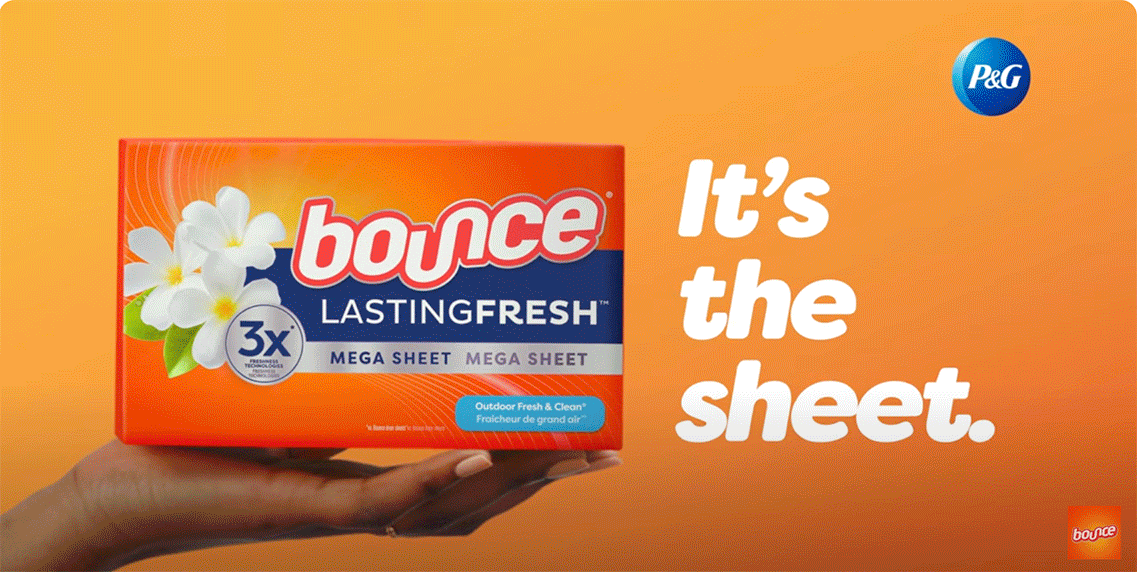Connecting with consumers in an unexpected way. Does it work?
Euphemisms are substitutions of mild, indirect or vague expressions for ones thought to be offensive, harsh or blunt.
It appears that advertisers are looking for ways to connect with the audience on this level. Is it memorable because it comes from language that is assumed the audience is familiar with and will make an easy connection to their brand? The idea is to take expressions that have become part of our culture’s collection of expletive phrases and incorporate the brand into them. By replacing the brand with whatever word/s that would not be acceptable in a commercial use, they become a quickly recognizable tagline that has become its own euphemism.
Examples:
Brand: Bounce | Tagline: It’s The Sheet
Brand: Hillshire Farms | Tagline: Hill Yeah!
Brand: Long John Silver’s | Tagline: Fish Yeah!
Brand: Ragu | Tagline: Cook like a mother
Brand: Welche’s | Tagline: Wholly Fruit!
Is it genius? What are the implications?
In one sense it is genius. It used to be that brands would attach themselves to pop culture through music. By either altering the words of a familiar song; i.e. Coke’s re-wording of the song “I’d Like To Teach The World To Sing” to “I’d Like To Give The World a Coke”. This kind of thing is brand gold when it works so well that everyone is singing the song. There are many examples of this strategy and the successes are also numerous. But it takes the perfect combination to make it work. In this new strategy, once again, the phrase is already in the vernacular of the audience so a simple manipulation of the phase now connects the brand and creates a little shock value. The twist on the phase is surprising and memorable. By becoming its own euphemism it has the possibility of being used in just that way in the daily life of the audience. But this particular strategy is much more affordable than music – there are costs involved for music rights and/or production required, but there are no copyrights on theses phrases and so, no costs to manipulate them.
So, what are the implications? For the brand and for the audience? For the brand, it might appear to be more edgy, more in tune with current trends in how we communicate. So even though the sales pitch of the brand – why you should buy this product or service – is still more commercial and perhaps even technical, the use of a euphemism tagline brings the brand to top-of-mind and the other language just reinforces the stability of the product. For the audience, the final impression is that the brand is speaking with a sense of humor and that’s what will be the lasting impression.
Of course we all know that trends in advertising can shape our culture. But advertising that draws from the expletives of our culture seems to be more of an endorsement of such phrases and language. Is that what we want to engrain in our young people? Youths that may not be familiar with the original phrase may begin to hear the branded phrase and use it where their parents may not approve of such language. Yes, I’m very conservative, but again, I do believe that advertising can and does shape our culture, what kind of culture do we want to look like?
Sometimes we have to ask ourselves as marketers the serious questions about who we are and what our role is in society. What impact will our “sense of humor” have? Is the shock value really all that valuable? Unfortunately for most, just moving the needle is the only important driving factor.

